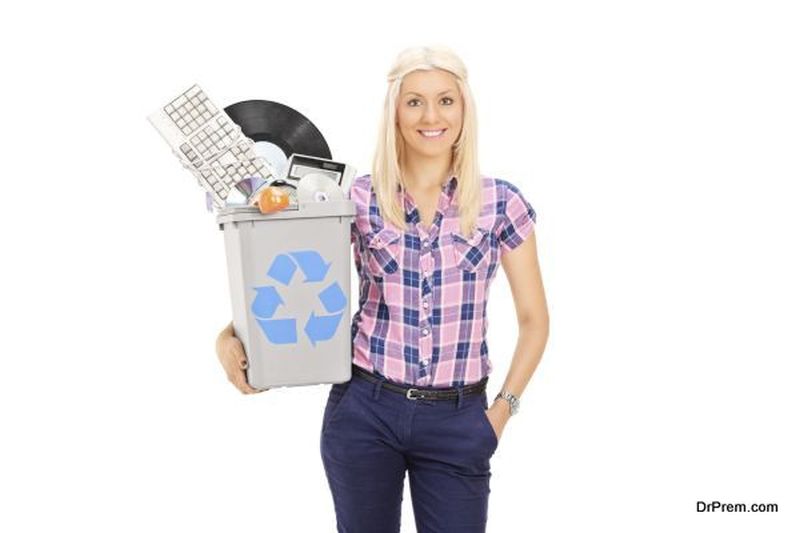All it takes is reading a single article about living green and you will likely come across the phrase ‘carbon footprint’. This term appears so often that it can be pretty clear that this is something that should concern you; nonetheless, what they don’t do all the time is to explain exactly what it is and its importance.
The first of those questions is fairly simple. Your carbon footprint can be described as the total of all of the greenhouse gas emissions that are produced by your daily activities. The reason it is called your carbon footprint is because the top greenhouse gas that is involved in global warming is actually CO2, or carbon dioxide.
The second question is one that can be a bit more complicated. A simple answer as to why your carbon footprint is important is that it shows what your personal contribution to our global warming is. It also can point to things you can do in order to reduce the impact that you have on our climate. More generally speaking, it is a rough indication of the amount of energy and natural resources that are used by you. In other words, it can be a good way to measure the greenness of your lifestyle.
Energy
If you haven’t already made the switch from the old fashioned incandescent light bulbs to the more efficient LED or CFL bulbs, go ahead and do that. Aside from saving energy, they are brighter and last longer. Use power strips to turn off any devices you aren’t using. Even when they are in standby mode, they are draining power. When it comes time to replace your appliances, make sure you get ones that have the Energy Star sticker on them.
The major thing that you can do when it comes to saving energy is to get some residential solar panels installed. This will allow you to get energy from the sun as opposed to from your local energy suppliers. Aside from making your carbon footprint smaller, this will save you money on your energy bills.
If you get enough of them installed and you live in the right place, your energy company might just pay you for the energy that your panels produce that isn’t being used by you. Additionally, you can use them as a tax deduction.
Insulation
One of the easier ways that you can make your home a greener place is to make sure that your home is properly insulated. Proper insulation helps the cool air stay inside in the summer and the warm air stay inside during the winter. Aside from making your HVAC system not to work so hard, this is another way to save on your energy bills. Insulation doesn’t have to end with the walls and attic though.
You should also insulate your pipes so that you will be using less energy to heat the water. You can also make sure that all of your windows and doors close properly without having any drafty areas around their edges.
Eat Carbon Light
This might be a new phrase for some people. Eating lower down on the food chain means that you reduce your carbon footprint. For example, chickens produce less carbon than beef does. Beans produce even less carbon than chickens do. Adding one or two meatless meals to your family’s diet every week means that you can make a massive dent in your carbon footprint.
Reduce Waste
Nearly anything that you can do to make a reduction in waste, from cutting out your junk mail to composting can work to reduce your carbon footprint. When you consider the 3 R’s involved in the process of reducing your carbon footprint (recycle, reuse, reduce), reducing the waste is always the most efficient thing you can do. This is due to the fact that most products will make use of energy at each stage of the life cycle. This goes from the time they were produced until they are disposed of.
Reducing the waste at the source means that the use of energy is cut through every stage, while solely recycling it means that reducing energy only happens at the end of the cycle.
Article Submitted By Community Writer




